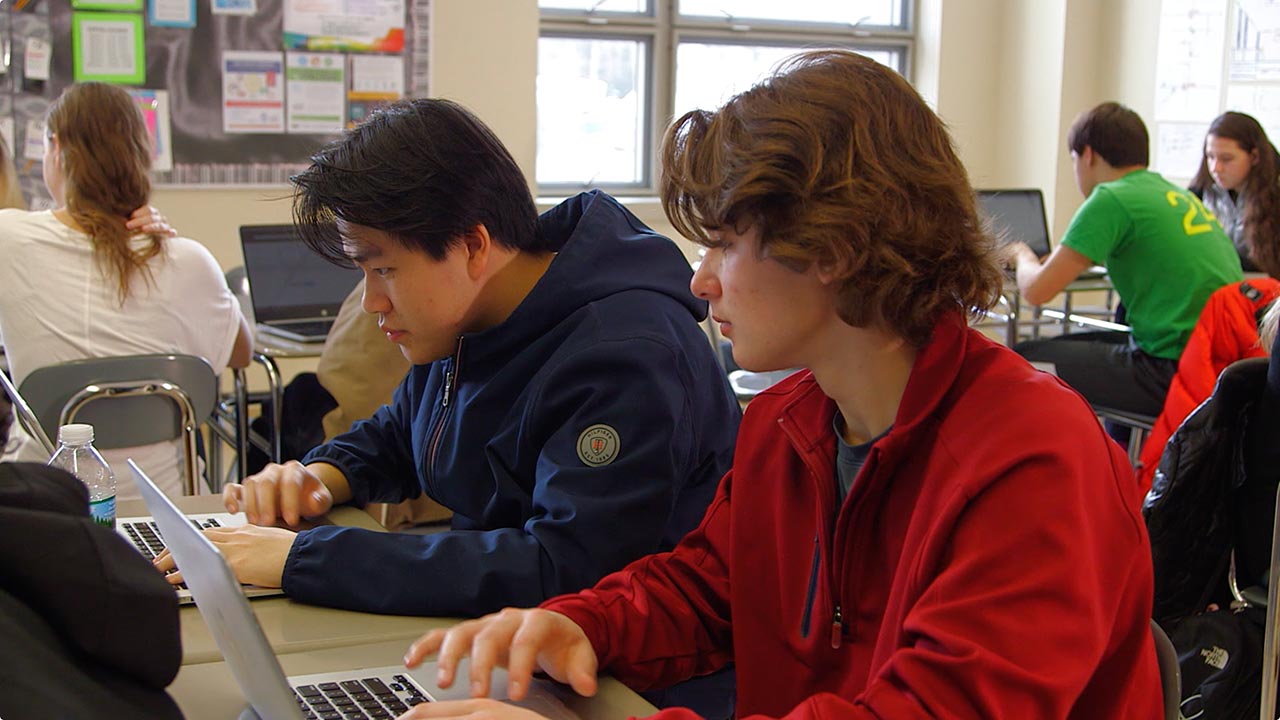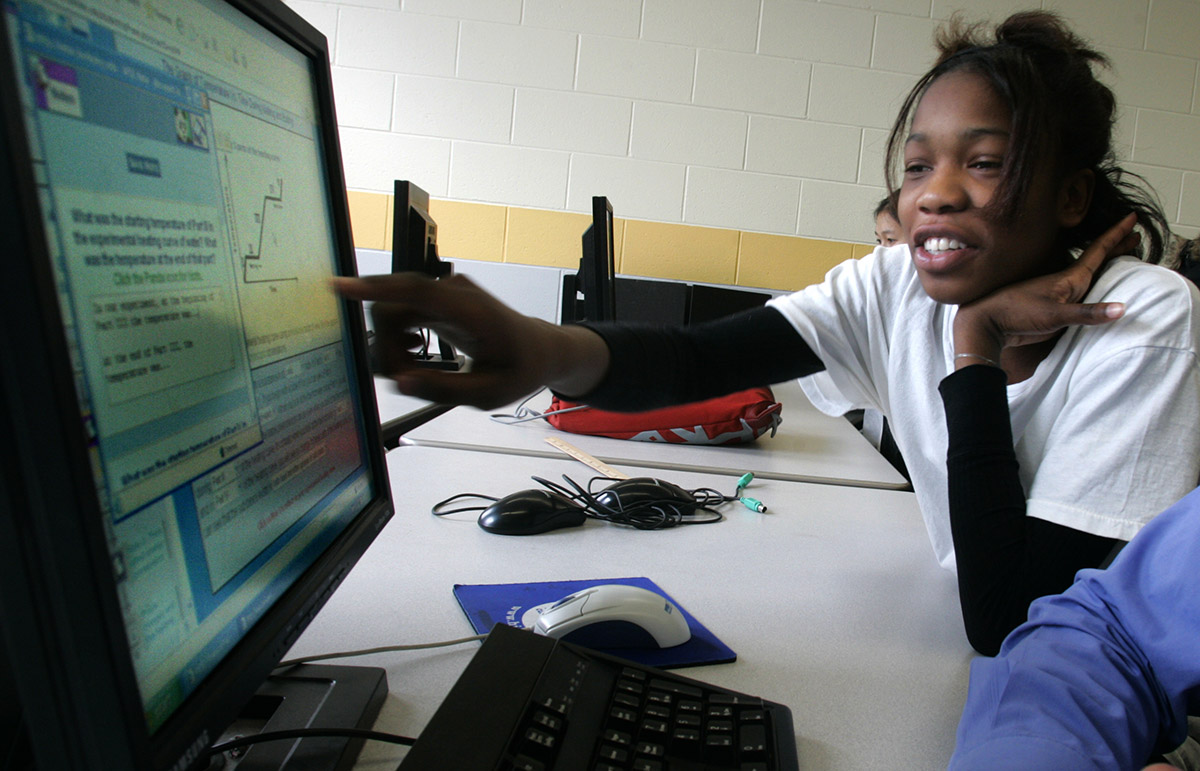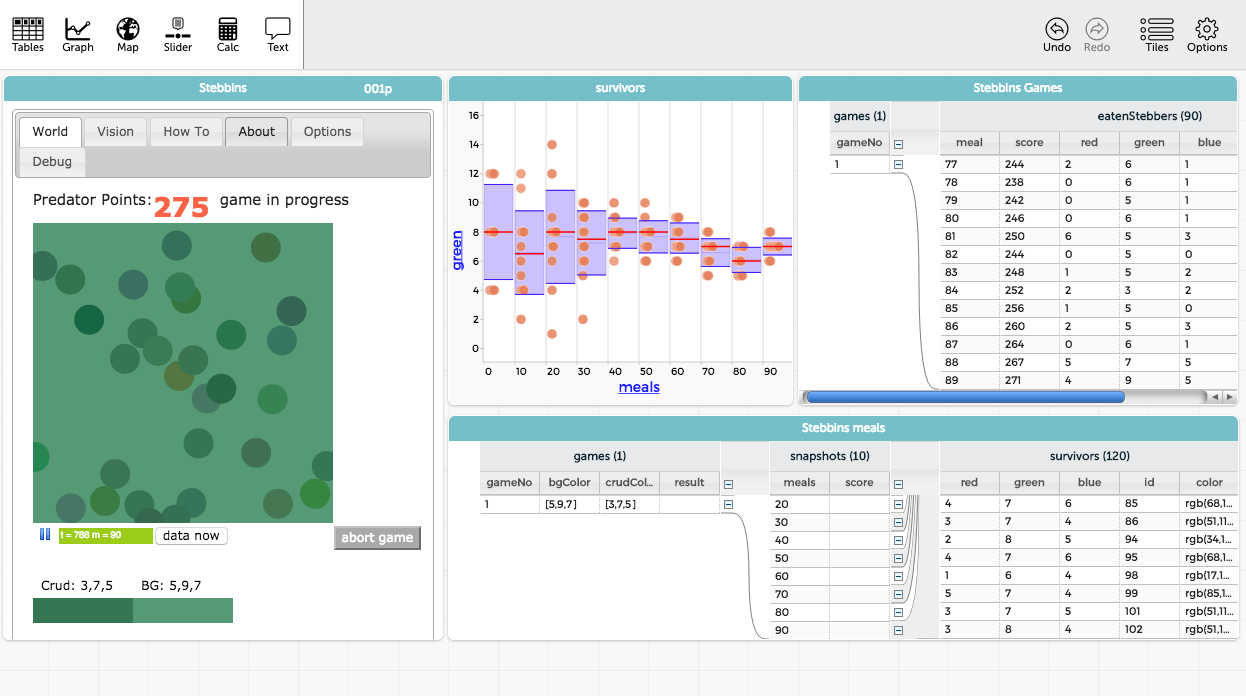Computing with R for Mathematical Modeling
Importance
Integrating computing into STEM courses is essential for our society’s future. Whether one looks to complex societal problems, manufacturing and financial innovation, or simply consumer trends, computing lies at the heart of all future paths across all global cultures. Moreover, the depth and complexity of humanitarian, environmental, and economic problems facing our nation and globe increasingly demand computational solutions. To ensure that our students are prepared for this future, we must be creative and resourceful. Computer science courses, though providing one potential outlet, are difficult to staff and fill, and are not available in a majority of schools. Fortunately, the principles of computing need not be relegated to computer science courses. Integration with STEM subjects offers an enticing path for bringing computing to many students.
Integrating mathematics learning with computing holds potential for success. Mathematics learning and computing learning have been shown to be mutually reinforcing. Computing builds upon many mathematical concepts and leverages mathematical thinking skills. Conversely, math achievement is linked with computational thinking skills. In particular, prior applications of programming languages such as R in math education have demonstrated a great degree of promise.
Yet significant barriers still prevent broad integration of these complex topics into math classrooms. Mathematics and computing are both highly complex and challenging domains on their own, and developing expertise in either is not easy. Combining the two successfully is more complex than simply providing joint resources. Instruction around such integration needs to juggle students’ cognitive load and sequence their learning. Any environment proposing to support integrated learning of these topics must leverage visual, dynamic representations to support mathematical conceptual development while providing extensive supports for novice programmers. We will develop code-editing, console-based control, coding history, interactive representations of mathematical outputs; scaffolding students during learning process; and integrating all of it together via a sequenced instructional approach that teachers can implement easily.
Computing with R for Mathematical Modeling (or CodeR4MATH) will provide a robust path for integrating math and computing learning. We will support students in integrated learning of the complex domains of math and computing, employing a coupled learning path that interweaves the two disciplines to generate mutual reinforcement. Leveraging R’s open-source ecosystem and STATS4STEM’s foundation, we will develop and deploy a learning platform integrating R computing resources, curriculum materials, automated assessment and tutoring, and teacher professional development resources.
Research
Using a design-based research method, we will conduct research on student learning, including:
- The development of students’ computational thinking and mathematical modeling competencies through the CodeR4MATH curriculum modules
- How different variations of the coupled learning path impact student learning processes and learning outcomes
- Conditions that moderate the effectiveness of the curriculum modules
Videos
View this video and more on the Concord Consortium YouTube Channel.
Publications
- Wang, C., Shen, J., & Chao, J. (2021). Integrating computational thinking in stem education: A literature review. International Journal of Science and Mathematics Education.
- Wiedemann, K. (2020). Mathematical modeling of real-world problems. @Concord, 24(2), 10–11.
- Wiedemann, K., Chao, J., Galluzzo, B., & Simoneau, E. (2020). Mathematical modeling with r: Embedding computational thinking into high school math classes. ACM Inroads, 11(1), 33 – 42.
- Chao, J. (2019). Integrating computational thinking in stem. @Concord, 23(1), 7.
- Chao, J., Galluzzo, B., & Simoneau, E. (2019). Coder4math: Become power modelers via intuitive coding with r. Workshop presented at the annual meeting of the National Council of Teachers of mathematics, San Diego, CA.
- Galluzzo, B., Chao, J., & Simoneau, E. (2019). Computing with r for mathematical modeling. Workshop presented at the annual Joint Mathematics Meetings of the American Mathematical Society and the Mathematical Association of America, Baltimore, MD.
- Chao, J. (2018). Monday’s lesson: Finding median in r the common core way. @Concord, 22(1), 7.
- Chao, J., Simoneau, E., & Galluzzo, B. (2018). Computing with r for mathematical modeling: Infuse computational thinking into math classrooms through math modeling with r. Poster presented at the National Science Foundation Discovery Research PreK-12 PI Meeting, Washington, D.C..
Activities
View, launch, and assign activities developed by this project at the STEM Resource Finder.








